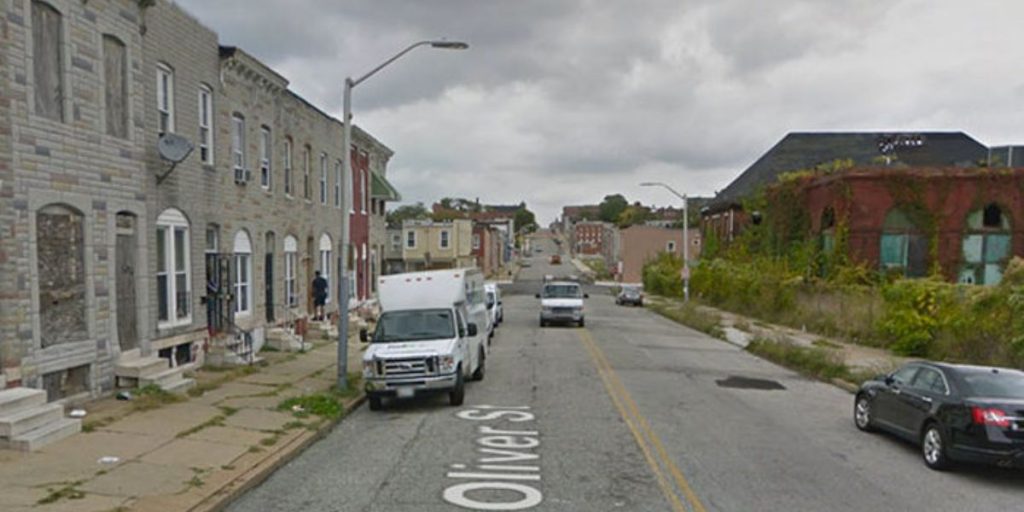Port Orange, located in Volusia County, Florida, is a city of around 65,000 people. It is part of the wider Daytona Beach metropolitan region, which is known for its gorgeous beaches, well-kept parks, and multiple golf courses. However, like with many places, not all portions of Port Orange provide the same level of safety and tranquility.
Certain neighborhoods inside the city have greater rates of crime and violence, making them less appealing to inhabitants and visitors. According to data gathered from CrimeGrade.org, the five most hazardous neighborhoods in Port Orange, Florida are:
Northwest Port Orange
It has the greatest crime rate, obtaining a rating of F. The overall crime rate here is 29.4 incidents per 1,000 residents, 80% more than the city’s average.
Specifically, the violent crime rate is 3.9 incidences per 1,000 residents, which is 61% more than the city average. Meanwhile, the property crime rate is 25.5 occurrences per 1,000 residents, or 83% higher than the city’s average. The most common crimes in this neighborhood are burglary, theft, and assault.

Northeast Port Orange
This city has the second-highest crime rate, graded D+. The overall crime rate is 22.8 incidents per 1,000 residents, 40% higher than the city’s average.
Specifically, the violent crime rate is 2.7 incidences per 1,000 residents, which represents an 11% increase over the city average. The property crime rate is 20.1 incidents per 1,000 residents, which is 44% more than the city’s average. The most prevalent crimes seen in this region are theft, burglary, and vandalism.
Central Port Orange
This city has the third highest crime rate, with a crime grade of C-. The overall crime rate here is 18.9 incidents per 1,000 residents, 15% more than the city average.
When we look at the breakdown, we see that the rate of violent crime is 2.4 incidences per 1,000 residents, which is precisely the same as the city’s average.
However, the rate of property crime is 16.5 incidents per 1,000 residents, 17% more than the city’s average. The most common crimes in this area are theft, burglary, and auto theft.

Southeast Port Orange
It has the fourth-highest crime rate (rated C+). The overall crime rate is 16.6 incidents per 1,000 residents, which matches the city’s average.
When it comes to violent crimes, the rate is 2 per 1,000 residents, which is 17% less than the city average. The property crime rate is 14.6 per 1,000 residents, which is in line with the city average.
The most common crimes in this area are theft, burglary, and assault.

Southwest Port Orange
This city has the fifth-highest crime rate, with a grade of B-. The overall crime rate here is 11.4 per 1,000 people, which is 31% lower than the city average.
When we break down the crime numbers, we see that the violent crime rate is 1.6 per 1,000 residents, which is 34% lower than the city’s violent crime average.
Similarly, the property crime rate in this region is 9.8 per 1,000 residents, which is 30% lower than the city-wide average for property-related offenses. The most commonly reported types of crimes in this area are theft, burglary, and vandalism.
Conclusion
Here are the top five most hazardous neighborhoods in Port Orange, Florida, according to CrimeGrade.org. However, keep in mind that these data are based on recorded crimes and may not accurately reflect the underlying degree of safety or risk in any location.
Furthermore, crime rates might vary depending on the time of day, season, and other factors that influence criminal activity. As a result, it is critical to exercise caution and common sense when visiting or living in any neighborhood in Port Orange or anywhere.